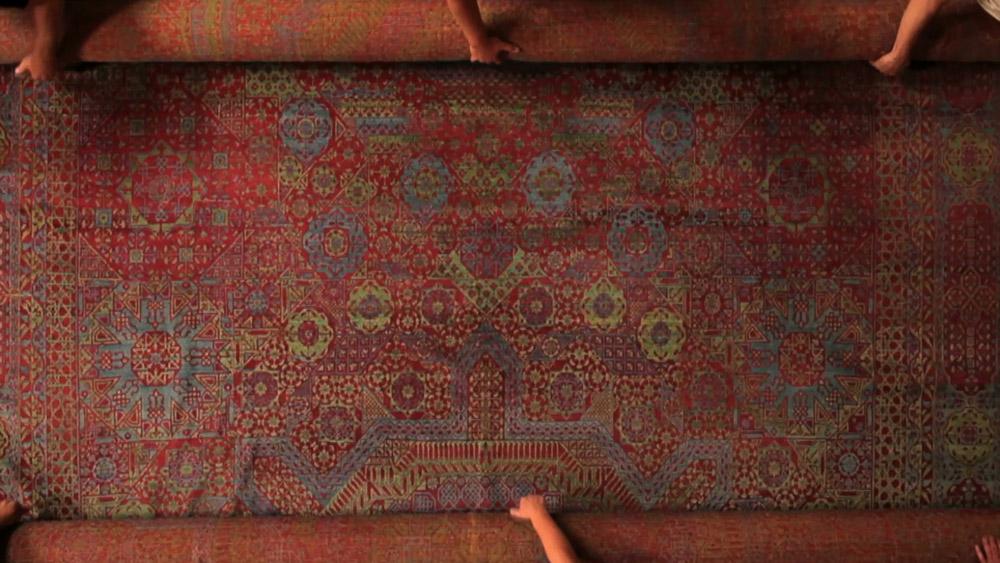Artists have always been tourists, now more so than ever: the ideal contemporary CV is chock-full of peripatetic exhibitions and work born out of residencies. Comox-born and Berlin-based artist Shannon Bool is no different, yet her latest exhibition at Toronto’s Daniel Faria Gallery, the result of a recent stay at Florence’s Villa Romana, is uniquely sensitive to the dimensions, privileges and limitations of creative itinerancy. Place, especially regional cultural history, is handled with curiosity and care, never with the pretense of the insider.
Bool is known for casting her gaze on surfaces, and Florence, a city thronged with visitors, provides an ideal opportunity for this. E.M. Forster’s Florence-set A Room With a View comes to mind, with its comically prim English tourists toting Baedekers (the once-ubiquitous tour books) and gawking at Renaissance architecture, Tuscan landscapes and passionate Mediterraneans. “It was pleasant to wake up in Florence,” wrote Forster, “to open the eyes upon a bright bare room, with a floor of red tiles which look clean though they are not; with a painted ceiling whereon pink griffins and blue amorini sport in a forest of yellow violins and bassoons.” Florence is fundamentally, immediately, inherently visual.
Bool begins with the Etruscans. For this body of work, she explores the ancient civilization’s famous tombs and murals, noting their hybrid influences, and in turn their forms’ simplicity, deterioration and attendant, ironic preoccupation with the afterlife. She has transposed the forms to oil paintings on silk, reviving them, while at the same time acknowledging yet another afterlife—shirts from the 1980s and 1990s with “primitive,” Etruscan-like prints, which she has also incorporated onto the silk. The title of Bool’s show, “Walk Like an Etruscan,” complements this, referring to the 1986 Bangles hit, “Walk Like an Egyptian”—the sonic equivalent of these shirts—and also highlighting the Etruscans’ contested borrowing from the Egyptians. Any civilization’s decorations are, Bool implies, fraught with appropriation.
Michelangelo’s Place is a similarly spirited take on the ersatz. Here, a bench from the elevated Piazzale Michelangelo, where one of the best views of Florence can be found, is recreated to scale—its graffiti, some of which is almost 100 years old, mirrored backwards to emphasize its status as a copy. The real benches at Piazzale Michelangelo surround a bronze replica of Michelangelo’s David, and in this sense, Bool’s work, done in collaboration with expert local carvers in Carrara marble (the same material that the original David in Florence’s Accademia is made of), is a puzzle of authentic and inauthentic gestures. All express an absurd, poignant desire for permanence.
A remarkable video, Forensics for a Mamluk, completes the picture. In the Palazzo Pitti, Bool had access to a rare 16th-century Mamluk carpet owned by the Medicis and had it rolled out for a brief time, just for her. Again, we are made to think of an array of origins and obfuscations: the Mamluk’s provenance in Egypt; its potential replication of the Medici blazon; its uncanny affinities with Buddhist mandalas. All of this is heartily discussed in the exhibition brochure, in an interview Bool conducts with “world renowned carpet scholar” Alberto Boralevi. Until you read that, there’s the sensuous, decontextualized pleasure of the video itself. Floating over a mysterious, digitally transmogrified surface, you succumb to pure psychedelia. Time and place seem to disappear entirely.









